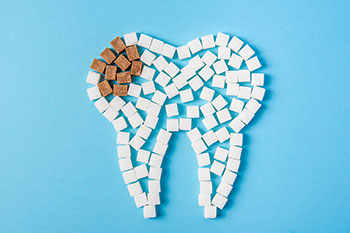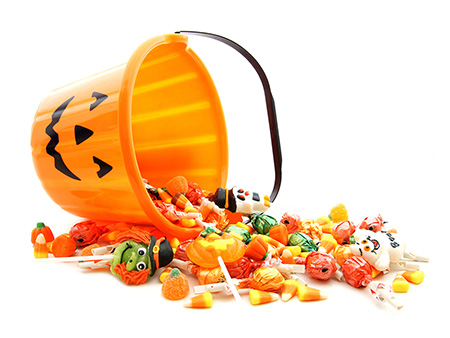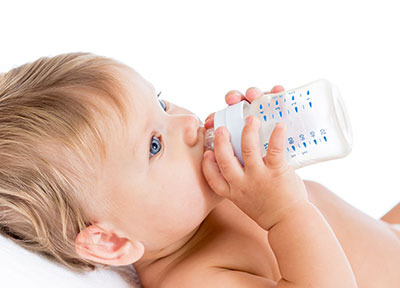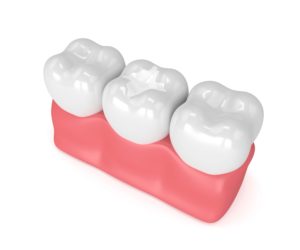
Tooth decay is the penetration of bacteria and acids through microscopic tubules and channels into the underlying structure of the tooth. Cavities are not caused all at once, but slowly with time from certain risk factors. The first step of a cavity is the penetration into the enamel (outer layer) of the teeth. This stage is usually slow-moving because the enamel is extremely dense. At this time, the cavity can be halted and may not need to be fixed, with the right combination of proper oral hygiene and fluoride. Once the cavity can penetrate the underlying tooth structure called the dentin, it can move quickly as the dentin is less dense, and thus needs to be fixed with a filling.
(more…)






 Brampton dentists offer patients different choices of
Brampton dentists offer patients different choices of